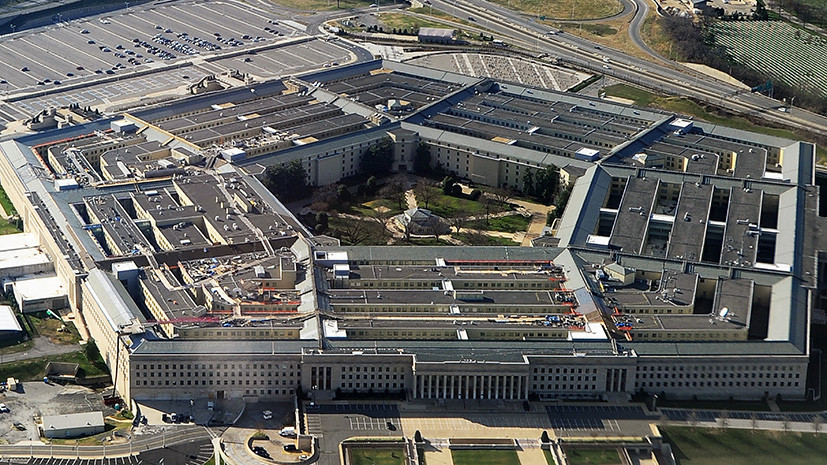As noted in the document, the development should help determine those who may pose a threat to the United States and its allies.
Examples of "threats" in the document include organizing ambushes, inciting violence, unrest or unrest, transporting or smuggling weapons, and setting up explosive devices.
It is planned to spend up to $ 1 million for each approved project.
The Pentagon explained that the capabilities of the means of collecting intelligence, surveillance and reconnaissance are limited in urban settings due to the "complexity and obscurity" of this environment.
Complexity refers to the high population density, structural complexity, and heterogeneity of urban areas, while “vagueness” refers to the ability of an “enemy” to mingle with the civilian population and disguise hostilities as day-to-day activities in the city.
"The development of artificial intelligence technologies, in particular the automatic analysis of video information, can potentially help a person to level this complexity and ambiguity," the department said.
The goal of the initiative is to develop a set of scenarios for unmanned aerial vehicles and ground vehicles that will allow more accurately identifying persons who pose a potential security threat.
The US Department of Defense does not rule out that the use of such technologies may affect everyday life in the city.
Therefore, the Pentagon seeks to find a strategy to prevent the growth of tensions among the civilian population, the document emphasizes.
Earlier, the American Congress told how Washington is modernizing military intelligence due to the confrontation with Russia and China.

